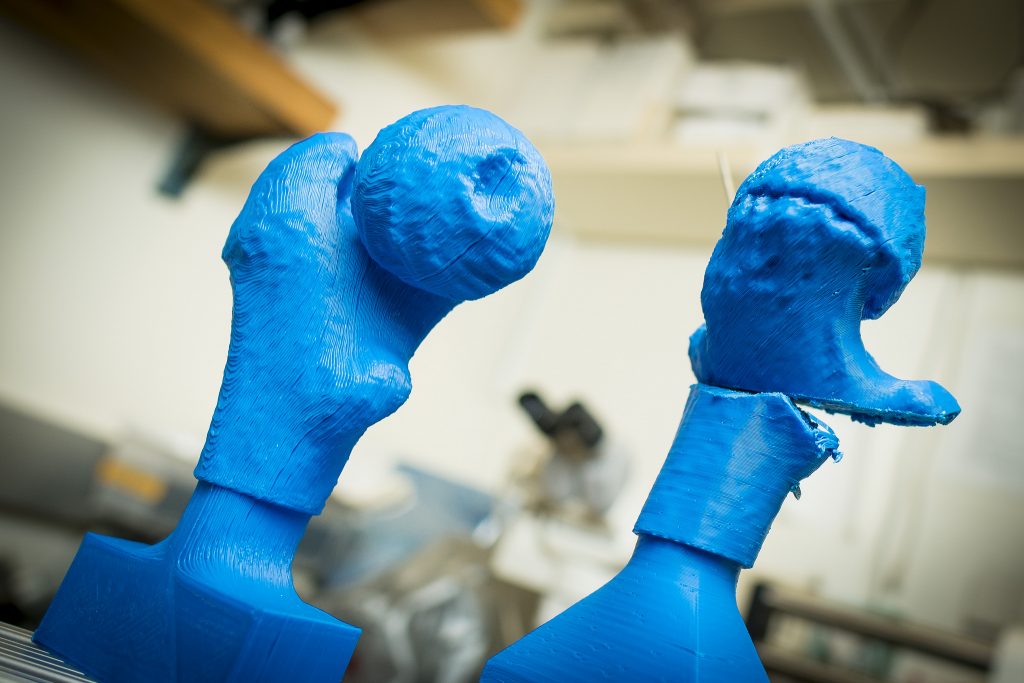Using 3D printing, a team from the University of California San Diego and Rady Children’s Hospital has reduced surgery time by approximately 25 percent.
The project focused on treatment of the most common hip disorder occurring in children aged between 9 and 16. The finding of the study are published in the Journal of Children’s Orthopaedics.
Engineers working together with pediatric orthopedic surgeons created surgical planning models using a 3D printer. The study compared the operating time on 5 patients where the 3D printed models were used to a control group of a further 5 patients.
Dr. Vidyadhar Upasani, pediatric orthopedic surgeon at Rady Children’s and UC San Diego, is the lead author of the study. Speaking about the results he said, “Being able to practice on these 3D-models is crucial,” said and the paper’s senior author.

Saving money and time with 3D printing
The study calculates that by using a 3D printed model to plan the surgery the time savings translate into a cost saving of $2700 per surgery. The models were produced using a moderately priced 3D printer costing $2200. The material cost for each model was approximately $10.
The research looked at a condition called slipped capital femoral epiphysis. This condition causes the patient’s femur to move against the bone’s growth plate – leading to deformation. Surgery is required to remove part of the femur and help restore hip function.
Performing this task in the operating room can be problematic as the areas of focus are not directly visible. Therefore using a 3D printed model to understand the anatomy and challenges of a particular operation in advance is desirable.
Prior to adopting this new approach surgical teams would use X-rays for planning and also during the operation. Using X-ray fluoroscopy in the operating room was not only time-consuming, but also meant additional exposure to radiation for the patient.
Future research goals
The work was performed in conjunction with Jason Caffrey, Ph.D. candidate in bioengineering at UCSD, and Lillia Cherkasskiy, currently studying for an M.D. Bioengineering professor Robert Sah, and colleagues were also assisted with the study.
Input data for the 3D prints came from CT scans of the patient’s pelvis. A computer model was then created to visualize the bone and growth plate.
Seeing the benefit of 3D printing, Rady Children’s orthopedics department now has it’s own 3D printer. Dr. Upasani said. “I’ve seen how beneficial 3D models are,” he said. “It’s now hard to plan surgeries without them.”
Members of the research team are now investigating 3D printed models to assist in the treatment of infant hip dysplasia.
For all the latest news about 3D printing in healthcare, follow our active social media sites and sign up to the 3D Printing Industry newsletter.
Our 3D printing jobs is launching soon. You can register here.



